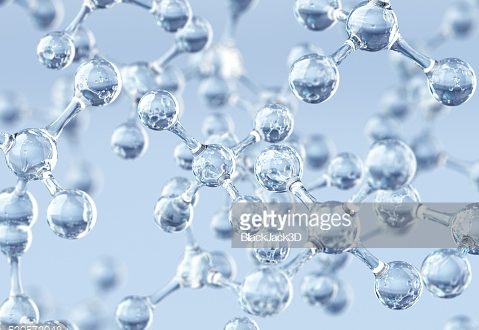Quercetin is a natural compound which has recently been used as medicine. Quercetin is included as secondary metabolites of flavonoid compounds found in various kinds of plants. Quercetin is found in apples, teas, garlic, seeds, nuts, fruits and green vegetables. In terms of pharmacological activity, quercetin has various use as antioxidants, anti-carcinogens, antibacterial, and antiviral. Even so, quercetin has weaknesses in terms of its pharmacokinetics. Quercetin itself has a low level of solubility in water which can reduce bioavailability when used in drug preparations.
Various attempts have been made to overcome the low quercetin solubility. One of the leading strategies used to overcome pharmaceutical active ingredients with low solubility is cocrystal. Cocrystal is a crystal compound consisting of two or more different components bound in a crystal lattice through non-covalent interactions in a certain stoichiometric ratio.
Quercetin-isonicotinamide cocrystal is prepared by the solvent evaporation method using ethanol as a solvent. Characterization of cocrystal was carried out using Differential Thermal Analysis (DTA) instrumentation, Powder X-ray Diffraction (DSXS), Fourier-Transform Infrared Spectrophotometer (FTIR), and Scanning Electron Microscopy (SEM). Dissolution testing of cocrystal formed in vitro was carried out by the USP II method with citrate buffer (pH 5.0 ± 0.05) stirring 100 rpm at 37 ± 0.5 ° C.
Characterization of quercetin-isonicotinamide thermogram cocrystal showed new melting points at 255.26 ° C which was different from the melting points of quercetin and isonicotinamide. Other characterization of DSC, DSXS, SEM and FTIR showed that the cocrystal formed has different characteristics compared to the original component. Quercetin dissolution testing with cocrystal showed an increase in quercetin solubility from 76.7% to 83.3% for 60 minutes. The results showed the formation of a cocrystal from the active ingredient of the drug can improve its physicochemical properties so the active ingredient becomes efficient and effective if it is used as a new drug preparation.
Author: Dwi Setyawan
Details of article available at:
Budipratiwi Wisudyaningsih, Siswandono Siswodihardjo, Dwi Setyawan. 2019. Co-crystallization of quercetin and isonicotinamide using solvent evaporation method. Tropical Journal of Pharmaceutical Research 18(4):697-702





